World Fine Art Professionals and their Key-Pieces, 491 - Eva Besnyö
World Fine Art Professionals and their Key-Pieces, 491 – Eva Besnyö
Eva Besnyö (1910 Budapest, Hungary – 2003 Laren, Netherlands) was a Hungarian-Dutch photographer. She is considered one of the most important female photographers of the 20th century in the Netherlands. In her work, photographic qualities such as sharpness, attention to detail and to the print are central.
She grew up in a liberal Jewish family with two sisters. Her father was the lawyer Bernard Besnyö, her mother Ilona Kelemen. The couple’s three daughters were educated at a girls’ grammar school. Eva Besnyö graduated in 1928.
To Berlin
She received a Kodak box camera for her 16th birthday. In Budapest, Besnyö was the girl next door to Endre Friedmann (who later called himself Robert Capa), to whom she gave her first photography lessons. When she was 18, she took a course in advertising and portrait photography with Jozsef Pécsi using a Rolleiflex camera, but she also learned architectural photography from him.
Pécsi encouraged her to go to Berlin, where she started working as a professional photographer in 1930, as an assistant to Peter Weller and René Ahrlé. She developed her own style, focusing on capturing everyday life in the city.
John Fernhout
In Berlin, Eva Besnyö also became acquainted with experimental progressive theatre, film and dance. The Russian film, the Bauhaus and the New Architecture in particular made an impression on her and influenced her work. An important friend at that time was the artist György Kepes, who not only proved to be a teacher in the field of form, but also influenced her politically and socially. At his place, she met the Dutch cameraman, photographer and director John Fernhout (1913-1987), son of visual artist Charley Toorop.
Eva Besnyö felt increasingly related to ‘the left’. In the autumn of 1931, she settled in Berlin as an independent photographer. She lived mainly from portraits and reports, and she worked for ‘Neofot’, a left-wing press agency. It would eventually become her most artistic period, as she herself put it: “next to my motherhood, the most important period in my life”. The rise of the SS in 1932 and the treatment of Jews made Besnyö decide to leave Berlin.
In the autumn of 1932 Eva Besnyö moved to the Netherlands (Amsterdam), together with John Fernhout (1913-1987). They both became active members of the Association of Workers Photographers (VAF), an association that was affiliated with the Communist Party of Holland. Besnyö married John Fernhout on 25 July 1933 in Bergen.
Photo 37 in Stedelijk Museum
In the Netherlands, Besnyö held her first solo exhibition in 1933, at Van Lier; first in Amsterdam, then in Rotterdam, Utrecht and Amersfoort. From 1934 she shared a studio on the Keizersgracht with the photographer Carel Blazer. She worked for newspapers and press agencies. In the studio she mainly made portraits and photos of children. But she also made reports outside the studio, such as those of the Kiserdö slum in Budapest, and she photographed a lot of architecture. In 1937 Besnyö played a major role in the organization of ‘Photo 37’, a major exhibition in the Stedelijk Museum in Amsterdam, an exhibition that was intended to increase the social status of photography.
World War II
From 1938, Besnyö became friends with graphic designer Wim Brusse. Despite the outbreak of the Second World War, Eva Besnyö was able to continue photographing until 1942. But in the autumn of 1942 it became too dangerous and she had to go into hiding. Thanks to visual artist Willem Arondeus, she received a false identity card in February 1944 and was Aryanized. This stimulated her and Wim Brusse to also develop resistance activities themselves; Besnyö mainly took passport photos for identity cards. After the war, she divorced John Fernhout and married Wim Brusse (1910-1978) in 1947. She had a son (1945, Bertus) and daughter (1948, Iara) with him. The marriage lasted until 1968.
In the post-war period, with two children by then, Besnyö combined motherhood with photo assignments. Architectural photos and working from the studio now interested her less, she preferred to photograph people.
Eva Besnyö was involved in the establishment of the Gebonden Kunstenaars federatie (GKf), in particular that of the photography department. In 1952 she took part in the ‘Tentoonstelling Photography’ in the Stedelijk Museum.
Eva Besnyö and Dolle Mina
In the 1970s, Besnyö joined Dolle Mina (Dolle Mina was a radical feminist action group, founded in December 1969) and used her camera to follow everything that happened in Amsterdam. She not only became Dolle Mina’s photographer, but also became actively involved in it herself. Working for the women’s movement caused a change in her way of working: the most important goal became documenting this movement, with aesthetic principles becoming of secondary importance.
Later in life, Eva Besnyö had to stop taking photographs because her eyesight was getting worse. During that time, she was able to get her photo archive in order and donated it to the Maria Austria Institute in Amsterdam. In July 2001, she moved to the Rosa Spierhuis in Laren, where she held an exhibition of her work in the spring of 2003.
Eva Besnyö died on 12 December 2003 in Laren, at the age of 93. She was buried at Zorgvlied in Amsterdam.
Private collection
At the end of her life, photographer Eva Besnyö (1910-2003) put together her private collection. A strict selection of work from her long career. She had that collection printed by master printer Michael Windig. It was her legacy to her daughter Iara Brusse.
14 prints were exhibited in the Rietveldpaviljoen in Amersfoort in the summer months of 2024.
Sandvoort Galerie offers the beautiful prints from that collection, all on baryta paper measuring 50x40cm. The prints are signed in pencil on the back.
With thanks to Sandvoort Gallery, Maria Austria Institute, Atria and Wikipedia.
Photos
1) Roma boy with bass, Balaton, Hungary, 1931. Fine art pigment print, format 43x39cm, a new print made from a new scan of the original negative, 2) Cinema Cineac, Reguliersbreestraat, Amsterdam, 1934. Architect Johannes Duiker. Gelatin silver print, format 47,5×37,5cm, signed in pencil on the reverse, printed later by masterprinter Michael Windig (De Verbeelding), 3) Selfportrait Eva Besnyo, made at the studio of Dr. Peter Weller with 6×6 Rolleiflex camera, Berlin, 1931.
Gelatin silver print, size 48,5x37cm, signed in pencil on the reverse, printed later by masterprinter Michael Windig (De Verbeelding), 4) Pavillion at the Milan Triennial XI, 1957. The Milan Triennial XI was the Triennial in Milan of 1957 with the exhibition of sculptures of the first half of the 20th century, with an industrial products presentation and an architecture section. Gelatin silver print, format 39,5x38cm, signed in pencil on the reverse, printed later by masterprinter Michael Windig (De Verbeelding), 5) Starnberger-Strasse, Berlin, 1931. Gelatin silver print, format 38x39cm, signed in pencil on the reverse, 1931, printed later by masterprinter Michael Windig (De Verbeelding), mounted and framed in black wooden frame with museum glass. Available an edition of 7, 6) John Fernhout with Rolleiflex by the Baltic Sea, 1932. Gelatin silver print, format 43x38cm, signed in pencil on the reverse, printed later by masterprinter Michael Windig (De Verbeelding), 7) Amsterdam, jongens vissen aan de Leidsekade, 1951 (foto gemaakt van uit haar woning aan de Leidsekade 59, Amsterdam). Gelatin silver print, format 46x38cm, signed in pencil on the reverse, printed later by masterprinter Michael Windig (De Verbeelding), mounted and framed in black wooden frame with museum glass (size 62,5x55cm). Available an edition of 3, 8) Portrait Charley Toorop, artist, Bergen, 1950. Gelatin silver print, size 47,5x38cm, signed in pencil on the reverse, printed later by masterprinter Michael Windig (De Verbeelding), 9) Portrait György Kepes, Berlin, 1930/31. Gelatin silver print, format 46,5x39cm, signed in pencil on the reverse, printed later by masterprinter Michael Windig (De Verbeelding), 10) Roma musicians, lake Balaton, Hungary, 1931. Gelatin silver print, format 42,5×38,5cm, signed in pencil on the reverse, 1931, printed later by masterprinter Michael Windig (De Verbeelding).
https://sandvoort.gallery/
Eva Besnyö – Fotogalerie Roel Sandvoort
https://fotogenootschap.nl/
https://atria.nl/
https://inzaken.eu/2024/08/22/eva-besnyo-1910-2003-her-own-collection-sandvoort-gallery/
Disclaimer: The views, opinions and positions expressed within this guest article are those of the author Walter van Teeffelen alone and do not represent those of the Marbella Marbella website. The accuracy, completeness and validity of any statements made within this article are not guaranteed. We accept no liability for any errors, omissions or representations. The copyright of this content belongs to Walter van Teeffelen and any liability with regards to infringement of intellectual property rights remains with the author.

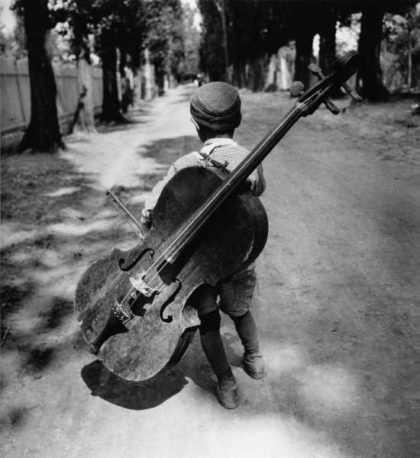
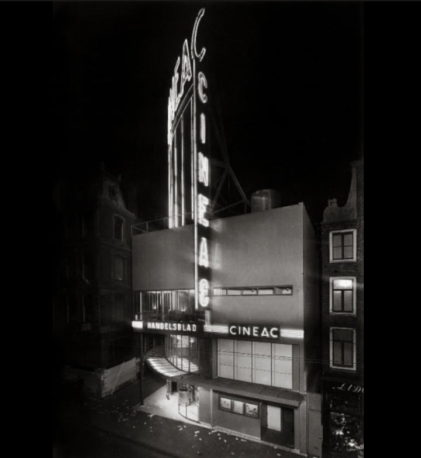
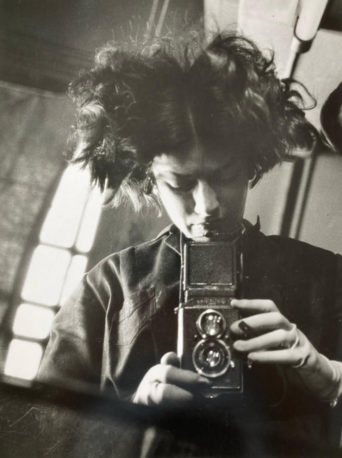
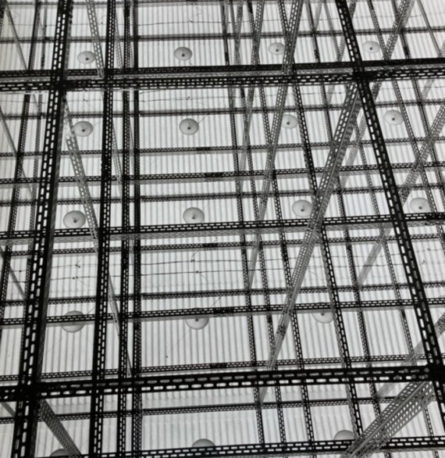
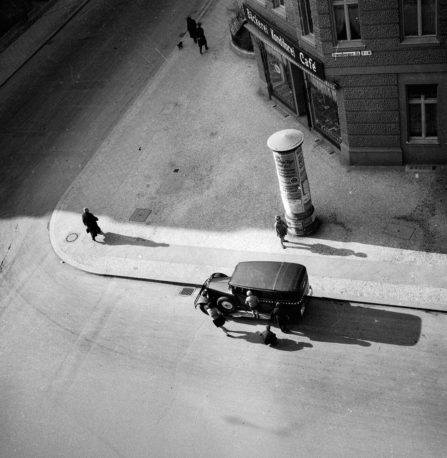
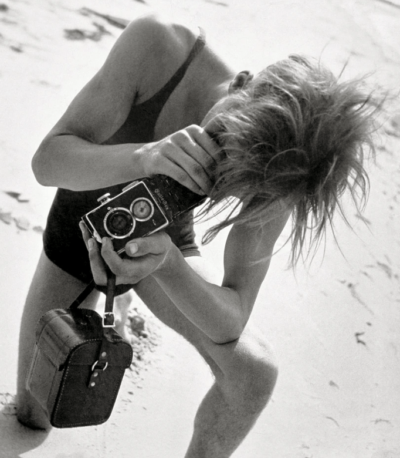

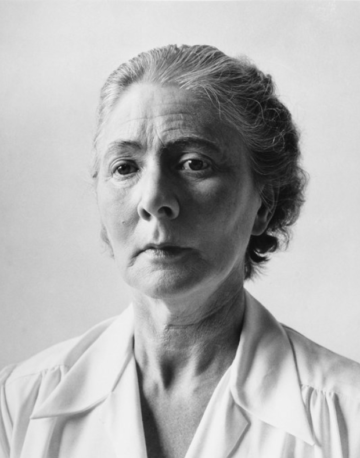
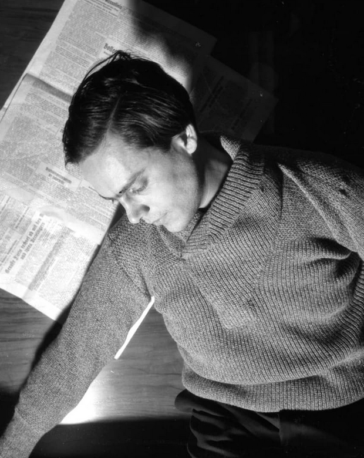
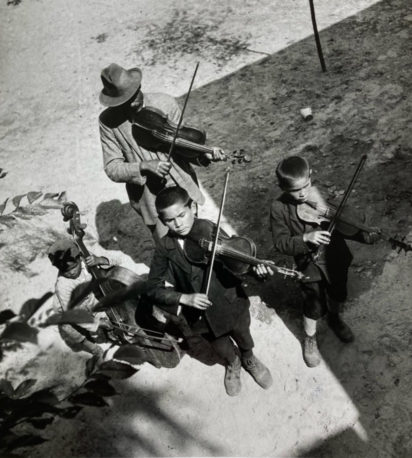














The opinions expressed by individual commentators and contributors do not necessarily constitute this website's position on the particular topic.